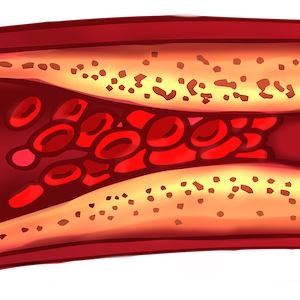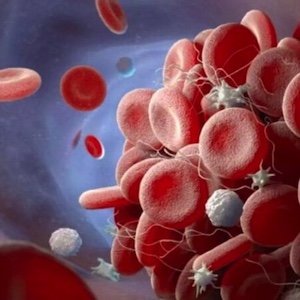Reviews
Vol. 2 No. 2 (2023)
The new era of anticoagulation: factor XI and XII inhibitors

Publisher's note
All claims expressed in this article are solely those of the authors and do not necessarily represent those of their affiliated organizations, or those of the publisher, the editors and the reviewers. Any product that may be evaluated in this article or claim that may be made by its manufacturer is not guaranteed or endorsed by the publisher.
All claims expressed in this article are solely those of the authors and do not necessarily represent those of their affiliated organizations, or those of the publisher, the editors and the reviewers. Any product that may be evaluated in this article or claim that may be made by its manufacturer is not guaranteed or endorsed by the publisher.
Received: 30 March 2023
Accepted: 22 May 2023
Accepted: 22 May 2023
2321
Views
901
Downloads
Similar Articles
- Anna Falanga, Benjamin Brenner, Alok A. Khorana, Welcome to the 12th International Conference on Thrombosis and Hemostasis Issues in Cancer! , Bleeding, Thrombosis and Vascular Biology: Vol. 3 No. s1 (2024)
- Giovanni de Gaetano, Da la scheggia rotta usciva insieme parole e sangue: an unusual case of bleeding and the metaphor of a clinical trial , Bleeding, Thrombosis and Vascular Biology: Vol. 3 No. 3 (2024)
- Armando Tripodi, Remembering the XXVI SISET Congress and the 50th anniversary of its foundation, 2020 , Bleeding, Thrombosis and Vascular Biology: Vol. 4 No. 1 (2025)
- Simon Noble, Patient and public involvement in cancer-associated thrombosis research: necessary or glorified tokenism? , Bleeding, Thrombosis and Vascular Biology: Vol. 3 No. s1 (2024)
- Rushad Patell, Jeffrey I. Zwicker, Rohan Singh, Simon Mantha, Machine learning in cancer-associated thrombosis: hype or hope in untangling the clot , Bleeding, Thrombosis and Vascular Biology: Vol. 3 No. s1 (2024)
- Cristina Legnani, Michela Cini, Sophie Testa, Alberto Tosetto, Claudia Dellanoce, Stefania Bellesso, Giuseppe Carli, Ilaria Nichele, Laura Lissandrini, Serena Zorzi, Emilia Antonucci, Gualtiero Palareti, Evaluation of Coaguchek® Pro II coagulation testing device performance to assess direct oral anticoagulant action. The DOAC-CHECK study , Bleeding, Thrombosis and Vascular Biology: Vol. 1 No. 3 (2022)
- Federica Azzolini, Antonio Bruno, Ettore Dolcetti, Diego Centonze, Fabio Buttari, Tumor necrosis factor superfamily in multiple sclerosis: from pathology to therapeutic implications , Bleeding, Thrombosis and Vascular Biology: Vol. 2 No. 2 (2023)
- Giovanni de Gaetano, Maria Benedetta Donati, Americo Bonanni, SISET50: trajectories of hemostasis and thrombosis in Italy 1970-2020 , Bleeding, Thrombosis and Vascular Biology: Vol. 4 No. 1 (2025)
- Anna Maria Gori, Eleonora Camilleri, Alessia Bertelli, Angela Rogolino, Francesca Cesari, Elena Lotti, Tommaso Capobianco, Walther Iannotti, Betti Giusti , Rossella Marcucci, Pleiotropic effects of anti-thrombotic therapies: have direct oral anticoagulants any anti-inflammatory effect? , Bleeding, Thrombosis and Vascular Biology: Vol. 1 No. 3 (2022)
- Tiziano Barbui, Clonal hematopoiesis and inflammation: a link with thrombosis and malignancy , Bleeding, Thrombosis and Vascular Biology: Vol. 1 No. 2 (2022)
You may also start an advanced similarity search for this article.











